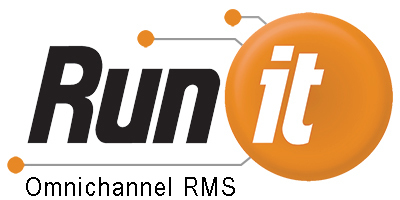The holidays are rapidly approaching which means retailers must start preparing for the increase in traffic and sales both in stores and online. An organized inventory management system is a good start, but shopping periods with high traffic can often be unpredictable, so its best to be ready for the wave of customers.
The following retail inventory management tips can save your business from the pitfalls of poor inventory management like incorrect inventory counts and unfulfilled orders. Not having an effective system can impact all aspects of your business from customer service and satisfaction to campaign planning, ultimately costing retailers thousands to millions depending on business size.
1. Analyze Holiday Retail Trends Over Time
Historical data can be beneficial in developing a retail strategy and ensuring there is enough inventory in stock for the holiday months. This includes analyzing what products have been popular during past holiday months and what channels customers are using to purchase these items. For example, smaller items may sell better in stores and larger items that require delivery might sell better online. Retailers should be cognizant of these trends and stock retail locations for in store purchases or warehouses for online purchase and delivery accordingly to ensure order fulfillment.
2. Avoid Overstocking Inventory
In addition to trend analysis, retailers would be wise to avoid overstocking inventory. According to a 2016 DashBurst infographic, U.S. retailers collectively lose an estimated $130 billion dollars due to overstocking. Retailers without a sound strategy will often overstock inventory because they know more shoppers will be making purchases, but they fail to capitalize on specific items that sell well during the holiday months. Businesses are then faced with the problem of having too few of the items that sell well, and too many of the items that do not sell, leaving customers dissatisfied and retailers forced to empty the remainder of their inventory at a steep discount in post-holiday sales. A closer look at customer behaviors can help retailers determine the ideal inventory counts for specific products, to maximize sales without having too many left over after the holidays.
3. Consolidate Inventory Management
Most retailers today have inventory management systems to maintain electronic records of inventory. However, selling across different channels (in store, web store, online marketplace) can challenge guaranteed accuracy and order fulfillment. Instead of having multiple inventory locations, having all three channels pull from the same inventory base can ensure accurate inventory counts, order fulfillment, and happier customers. Centralized solutions like the inventory management system Runit provides, include real-time updates that allow your business to manage inventory across all locations and correctly time your stock replenishment, so you never miss an opportunity to make a sale.
4. Integrate Inventory Management and a POS System
Inventory management does not have to be a challenge. Implementing a cloud-based POS system that integrates with your existing inventory management system, like the one Runit provides, is a win-win for all involved. Retailers have better insights into consumer purchase history, interests, and behaviors. In addition, retailers can use the data to get ahead of low inventory counts before they become an issue. Lastly, retailers can use purchase history, browsing interests, and more to launch retargeting campaigns for these customers during the holidays and beyond.
Would you like to increase profitability, maintain optimal stock and maximize profit margins? Download our inventory management guide to get the insights on how to achieve these goals with inventory technology.






